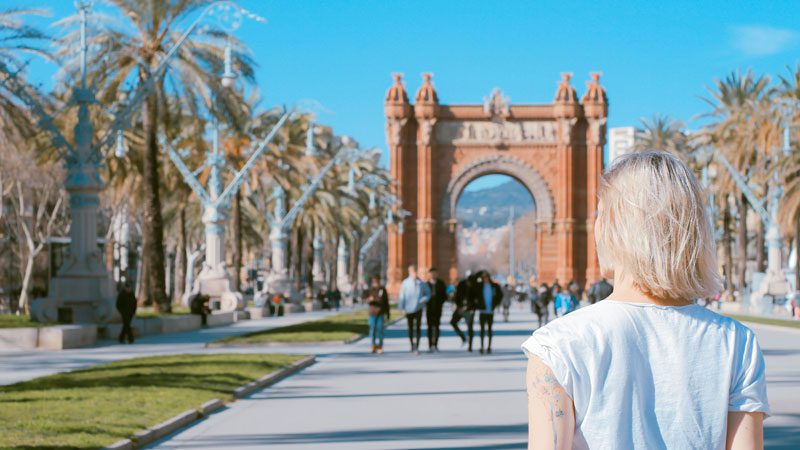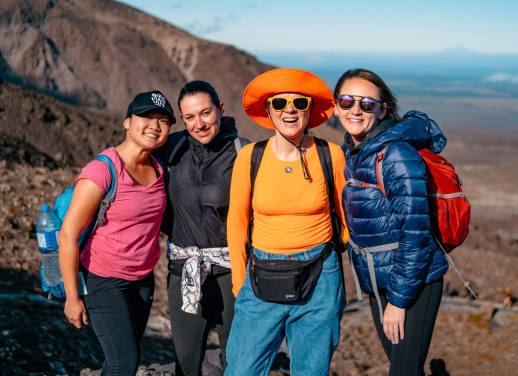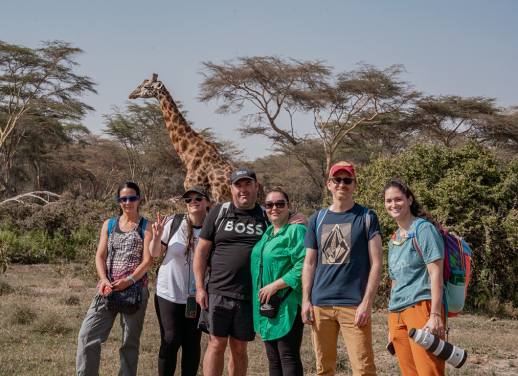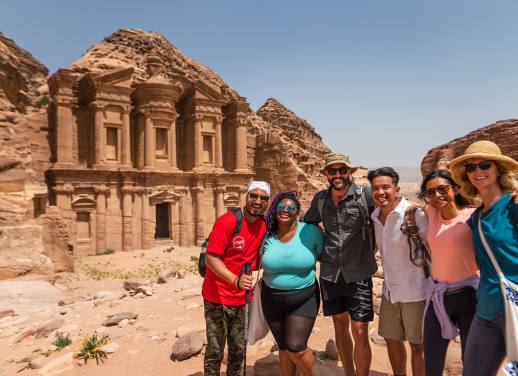Choosing a travel destination as a gay, lesbian or transgender individual can be tricky, especially when travelling with your partner. You’ll want to choose a location where you’ll feel comfortable, safe and can enjoy all the activities, sights and attractions, just as anyone else would.
It’s awkward checking into a hotel and having the conversation that goes something along the lines of “yes, I know there’s one bed, I booked it that way. No, I don’t want you to change the booking; I booked it that way because they are my partner.” In this respect, group travel can be a great way to travel and avoid the awkward conversations. It’s also a great way to meet new people and feel more comfortable in your own group.
While many cities in Europe are welcoming and safe for LGBTQI (Lesbian Gay, Bisexual, Transgender, Queer, Intersex) travellers, here’s a list of five that are not only welcoming and safe, but offer loads in the way of queer-friendly nightlife, culture and festivals…and are certain to make anyone swoon, regardless of who you love.
Amsterdam
In the liberal Netherlands, Amsterdam is truly a place where anything goes. As the first country to legalise same-sex marriage back in 2001, the Netherlands isn’t shy about advocating for equality. In fact, you won’t need to wander around looking for a rainbow flag outside a bar to know it’s friendly, as the first gay bar opened here way back in 1927. Since then, there’s been an abundance of nightclubs, bars, events and colourful parties keeping this city glam all year round. Amsterdam is also the home of what’s likely the biggest Pride celebration in Europe (and arguably the world) each August, taking place over several days.
Take time to visit the Pink Point kiosk, which is located near the Homomonument (yep, the Homomonument) on the Westermarkt. Here you can chat with friendly volunteers who can give plenty of recommendations about what’s on, where to party, where to enjoy a drink and other generally fabulous pointers about this city. As an aside, the Homomonument is the world’s first gay monument paying tribute to those who lost their lives in World War II.
Berlin
Berlin offers a mixed bag of options for everyone, regardless of sexual preference, but make your first stop the Schwules Museum, the only museum in the city focusing on sexual identity. Opened in 1985, it offers a permanent exhibition of gay history and Berlin’s gay culture between 1800 and 1970 through artwork, videos, photography and more.
Feel like dancing? The nightclub scene in Berlin welcomes all, but you’ll find drag queens are regular DJs at Klub International where there are three levels of space to dance, each offering a different style of music of mostly house, disco and pop. Berlin is also home to the popular Tresor, Watergate and the Berghain and Panorama Bar. Once a power plant, the Bergahain and Panorama Bar hosts parties around the clock for roughly 1,500 revellers daily, and it’s notoriously difficult to get into. Do your research as a strict dress code applies and don’t take it personally if you don’t get in, as it’s equally cool to share your ‘why I was rejected’ stories with other party-goers. Located within an industrial estate, it’s a short distance from Berlin Ostbahnhof station. There’s no signage, but you’ll see the giant queue from a distance.
Mykonos
The Greek island of Mykonos is a beach party wonderland pretty much every day as gay visitors hit the beaches to work on their tans before venturing out to the wide variety of gay bars and clubs. Even if sandy beaches and partying until the wee hours of the morning isn’t your thing, Mykonos offers some pretty spectacular places to enjoy a cocktail or a drag show at the Montparnasse Piano Bar. Head to the Paraportiani Waterfront where you’ll find most of the bars and nightclubs, including the famous GLAM Mykonos.
While Mykonos caters heavily to the male demographic, smaller lesbian bars such as DIVA are located in Little Venice and pump out Greek dance tunes on a regular basis.
READ MORE: 5 LGBTQ-FRIENDLY CITIES YOU MIGHT NOT HAVE CONSIDERED
Sitges and Barcelona
Choosing between these two Spanish cities is tricky, but as they’re just under an hour apart from each other, it’s easy to visit both in the same holiday. From the male-only, swimwear-optional beach of D’Home Mort (it may translate to ‘Dead Man’s Beach’, but don’t let that stop you) to Spain’s first gay disco (open since the ’80s), Sitges has always been a favourite of artists and actors throughout history. Rumour has it Dali and Picasso were regular visitors to Sitges, drawn by the gorgeous waterfronts.
Neighbouring Barcelona is also very welcoming, offering up plenty of bars and clubs on top of some pretty amazing shopping and dining options, too. While all areas are friendly, the party scene is predominantly around the Eixample district, affectionately called ‘gayxample’ by locals. You’ll find plenty of gay bookshops, bars and clubs here to easily fill a day of wandering.
Lisbon
Portugal legislated for marriage equality in 2010 and since then has hosted a wide variety of events and festivals targeting the LGBTQI demographic, including a Pride festival each June and a Gay and Lesbian film festival (Festival de Cinema Gay e Lésbico) every September. The Lisbon Tourism Bureau, in particular, offers a guide to the city for gay and lesbian travellers outlining all the hot spots worth checking out, but for the most part you’ll find the Bairro Alto neighbourhood an eccentric, colourful and very gay-friendly area. Most bars and nightclubs will draw a mixed gay and straight crowd, but Construction is popular among the late 20-somethings to mid-30-somethings crowd. Finalmente is also a popular spot for nightly drag shows, while Purex draws a predominantly lesbian crowd with DJ nights and a smaller dance floor.
Want to check out the best of Europe? We run group tours across the continent.
Everyone should feel comfortable when they travel with Intrepid, and we know that many of our travellers are part of the LGBTQI community. While the destinations above are generally welcoming for LGBTQI travellers, it’s important to be aware of the local laws and customs in the destinations you visit for your own comfort and safety. We recommend visiting Equaldex and/or Smartraveller for up-to-date advice and information.
Feature image c/o Unsplash.




